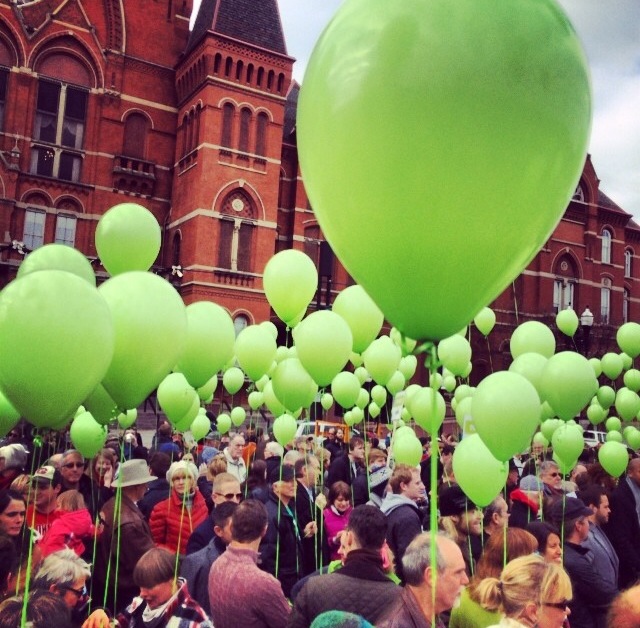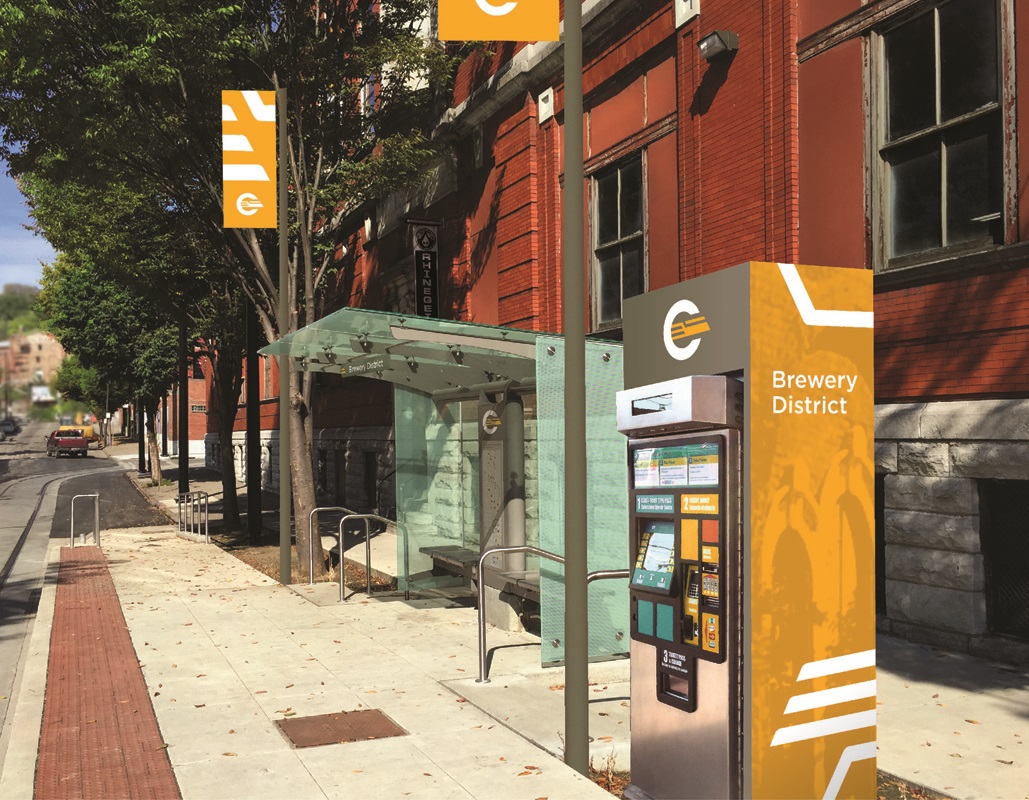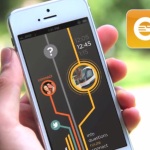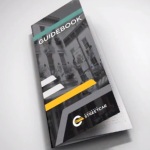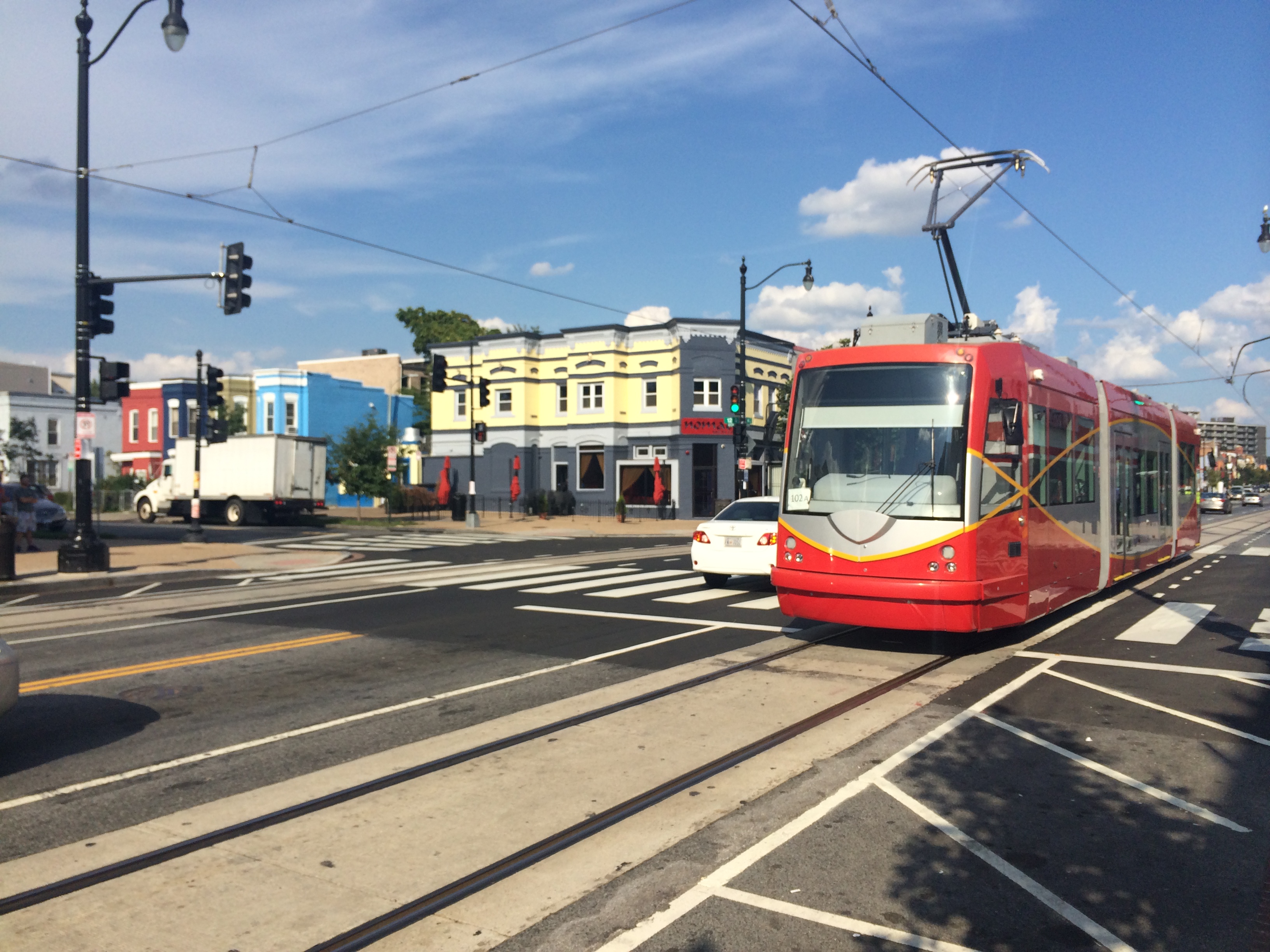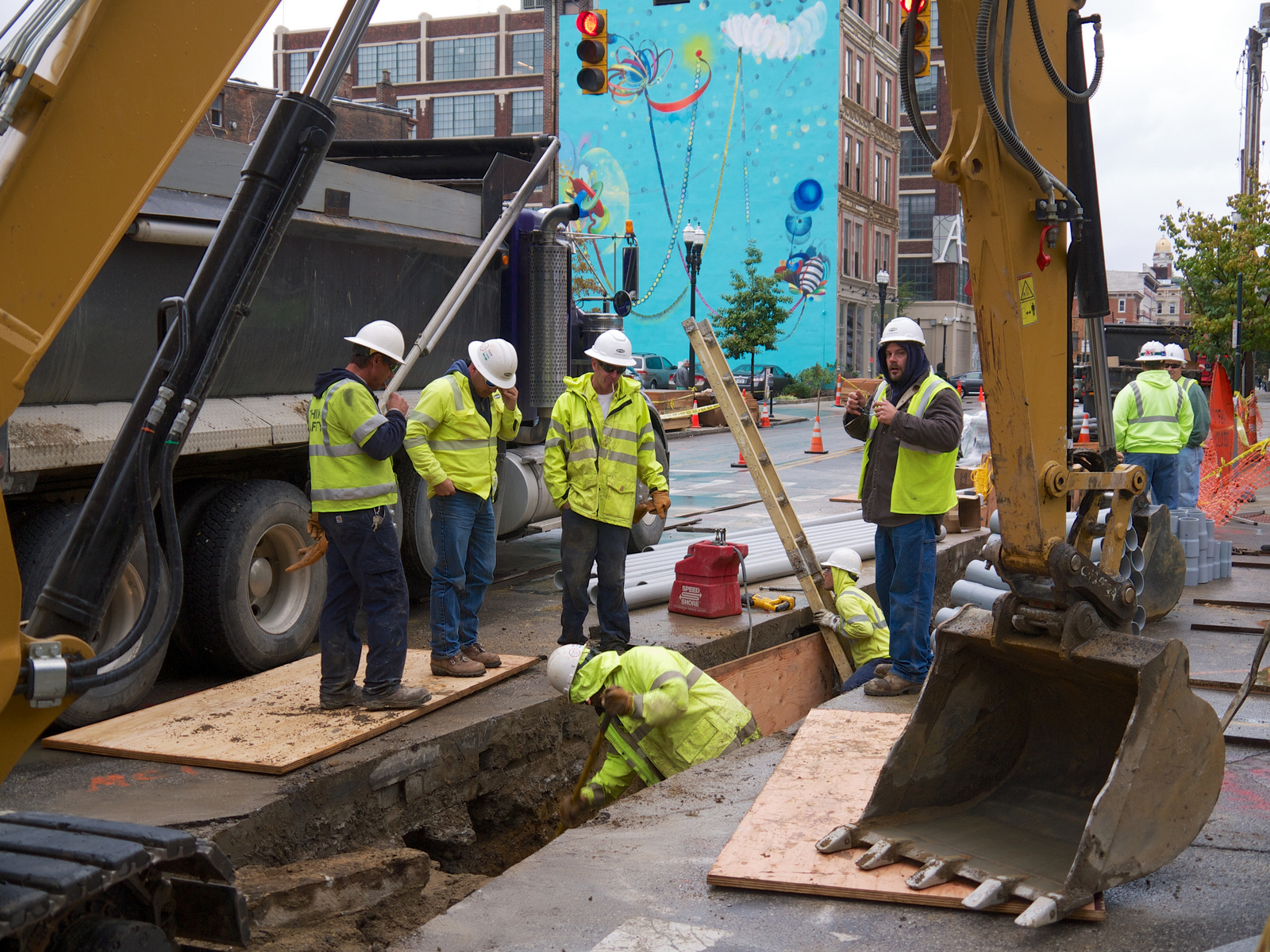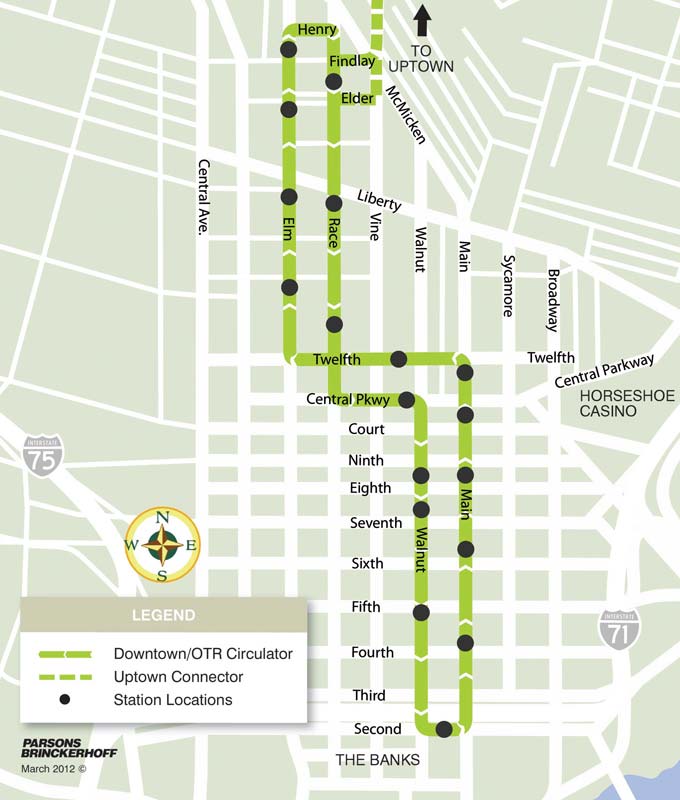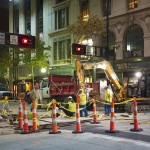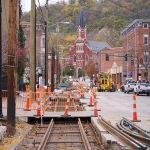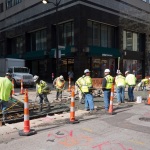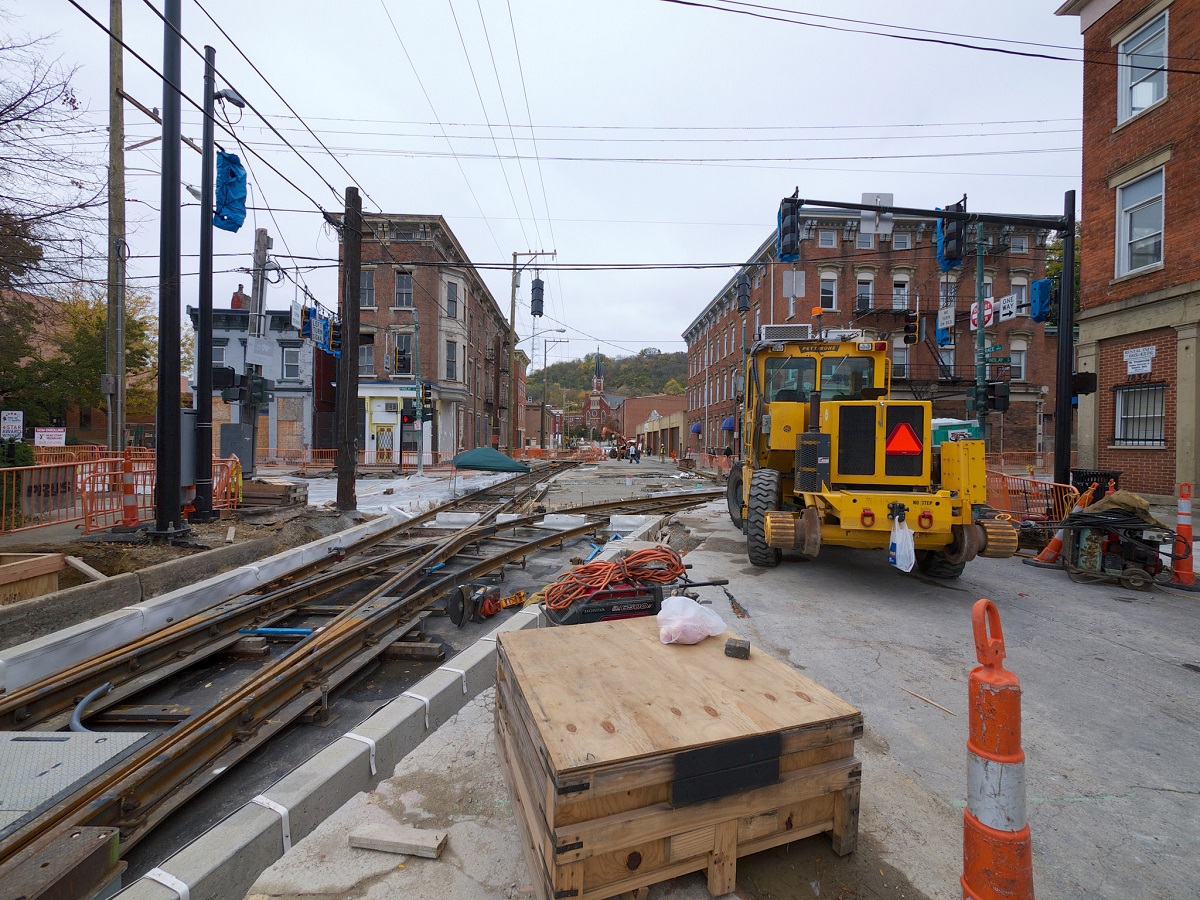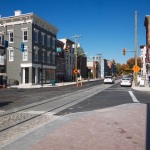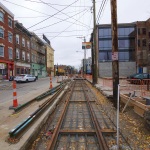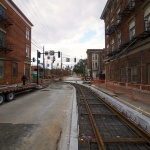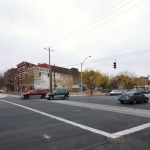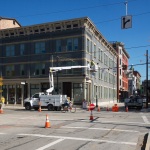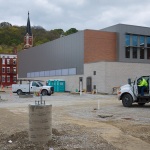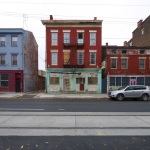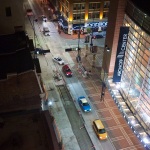Ac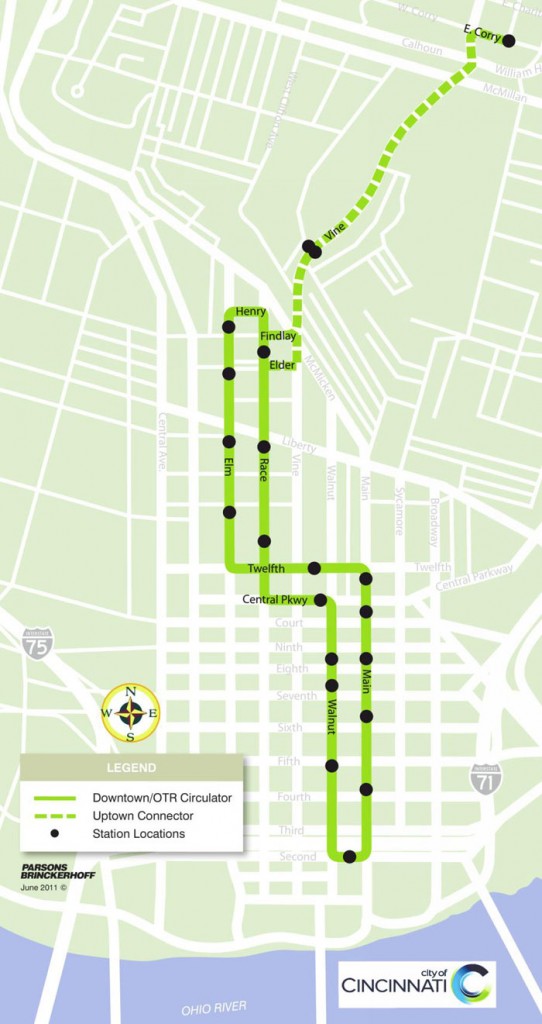 cording to officials at the Southwest Ohio Regional Transit Authority (SORTA), which governs Metro, more than 1,000 of the 1,500 Founders’ Club cards were sold within the first three days of going on sale.
cording to officials at the Southwest Ohio Regional Transit Authority (SORTA), which governs Metro, more than 1,000 of the 1,500 Founders’ Club cards were sold within the first three days of going on sale.
The rate of sales is exceeding expectations, and many believe the remaining allotment will be sold within the next few days. In fact, $25 cards have already been taken off of Metro’s website, with a very limited number remaining at City Hall and Metro’s sales office.
The remaining $50 and $100 cards can still be purchased online, but it is not clear for how much longer due to their dwindling supply.
Streetcar supporters are pointing to this as clear evidence of the excitement surrounding the project, especially given that those buying the cards will not be able to use them until the system goes into operation in September 2016.
“Selling $72,000 worth of fare cards for a starter line that’s nearly two years from being operational shows the level of support and enthusiasm for the Cincinnati Streetcar to finally be up and running,” Derek Bauman, SW Ohio Director for All Aboard Ohio, told UrbanCincy. “This is the definition of pent up demand.”
Of course, there is also the financial benefit. Selling all 1,500 of the cards will net Metro $72,000 in fare revenue nearly two years before the Cincinnati Streetcar goes into operation.
The news comes as Believe in Cincinnati, the grassroots coalition that formed a year ago to save the project from cancellation, has organized a press conference to announce a broad new coalition of organizations and community leaders urging for the expansion of the streetcar system to Uptown.
“While we must celebrate the success we have had over the past year with construction of tracks in the OTR loop nearing completion and the downtown loop well underway, we must also be looking forward,” explained Ryan Messer, Founder of Believe in Cincinnati.
The path forward, evidently, goes uptown, and not to Northern Kentucky even as leaders there are calling for an expansion of the system south across the Ohio River.
“As of today, we still do not have an official plan in place for our uptown expansion that will link downtown and OTR to the University of Cincinnati and the uptown neighborhoods,” Messer wrote in an email. “We are ready to ignite these conversations and be prepared to implement these plans into action.”
The growing support for an uptown expansion comes at a time of large investment occurring along the initial starter line – investment that many streetcar supporters are crediting for the $18 million budget surplus at City Hall in 2014, and the rosy tax receipt estimates for 2015.
“Imagine what the impact will be when we connect Cincinnati’s core, with its 40,000 jobs and growing residential population, to the 30,000 jobs and 40,000 students in the uptown neighborhoods,” Bauman exclaimed. “This vision is as exciting as it will be transformative for the City of Cincinnati.”
The Believe in Cincinnati press conference will be held at the corner of Race and Elder Streets, near Findlay Market, and where track stub has been constructed for the accommodation of a future uptown extension. Organizers say the event will take place at 10am and will show off the new, expanded coalition of streetcar supporters urging for its expansion.
